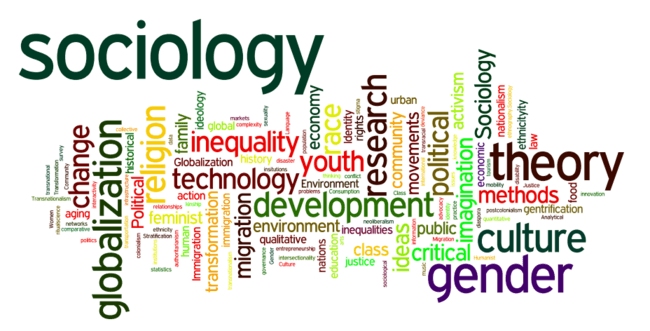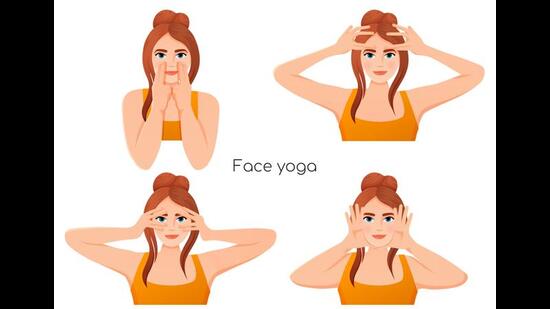What is the central thesis of Dumont’s theory of caste? Does this theory capture the dynamics of caste hierarchy and inter-caste relations in contemporary Nepali Society? How?
The central thesis of Louis Dumont’s theory of caste is that the Hindu caste system is based on the principle of hierarchy, with Brahmans at the top and untouchables at the bottom. Dumont argues that this hierarchy is not based on economic or political power, but on religious purity and pollution. He further argues that the caste system is a holistic system, in which all aspects of life, including work, marriage, and religion, are interconnected.
Dumont’s theory has been influential in the study of caste, but it has also been criticized. Some critics argue that Dumont overemphasizes the importance of hierarchy and ignores other aspects of caste, such as economic and political power. Others argue that Dumont’s theory is Eurocentric and does not take into account the unique cultural context of India.
Despite these criticisms, Dumont’s theory remains an important contribution to the study of caste. It provides a framework for understanding the complex dynamics of caste hierarchy and inter-caste relations. It also challenges us to think about caste in a new way, as a holistic system that is embedded in Hindu culture.
Does Dumont’s theory capture the dynamics of caste hierarchy and inter-caste relations in contemporary Nepali society?
To some extent, yes. The caste system is still a powerful force in Nepali society, and Dumont’s theory can help us to understand how it works. For example, Dumont’s theory would help us to understand why there is still a great deal of discrimination against Dalits, the lowest caste group in Nepal. It would also help us to understand why inter-caste marriages are still rare.
However, Dumont’s theory does not capture the full complexity of caste relations in Nepal. For example, the caste system is not static, and it has been changing in recent years. There is a growing movement for Dalit empowerment, and there is increasing awareness of the problems caused by caste discrimination. In addition, the caste system is not the only factor that shapes social relations in Nepal. Other factors, such as class, gender, and ethnicity, also play a role.
Overall, Dumont’s theory is a useful tool for understanding caste relations in Nepal. However, it is important to remember that it is just one tool, and it should not be used in isolation. We need to use other tools, such as historical analysis and ethnographic research, to get a full picture of caste relations in Nepal.
Here are some specific examples of how Dumont’s theory can be used to understand caste relations in Nepal:
The persistence of caste discrimination. Despite the fact that Nepal has a secular constitution and laws that prohibit caste discrimination, Dalits continue to face discrimination in many areas of life, including education, employment, and housing. Dumont’s theory would help us to understand why this is the case. He would argue that the caste system is a deeply ingrained part of Hindu culture, and that it is difficult to change.
The rise of Dalit empowerment. In recent years, there has been a growing movement for Dalit empowerment. This movement has led to the formation of Dalit political parties and organizations, and it has also led to increased awareness of the problems caused by caste discrimination. Dumont’s theory would help us to understand why this movement has emerged. He would argue that it is a sign of the changing nature of the caste system, and that it is a challenge to the traditional Hindu hierarchy.
The intersection of caste with other social factors. Caste is not the only factor that shapes social relations in Nepal. Other factors, such as class, gender, and ethnicity, also play a role. Dumont’s theory would help us to understand how these factors intersect with caste. For example, he would argue that Dalit women face a double burden of discrimination, because they are both Dalit and women.
In conclusion, Dumont’s theory is a useful tool for understanding caste relations in Nepal. However, it is important to remember that it is just one tool, and it should not be used in isolation. We need to use other tools, such as historical analysis and ethnographic research, to get a full picture of caste relations in Nepal.
Who was Louis Dumont. List out Louis Dumont's The major themes of Domont's theory of caste and explain it.
Louis Dumont (1911-1998) was a French sociologist who is best known for his work on caste in India. His book, Homo Hierarchicus: The Caste System and Its Implications, is considered to be a classic in the field of social anthropology.
Dumont argued that the caste system is a system of hierarchy, with Brahmans at the top and untouchables at the bottom. He argued that this hierarchy is not based on economic or political power, but on religious purity and pollution. He further argued that the caste system is a holistic system, in which all aspects of life, including work, marriage, and religion, are interconnected.
Dumont's theory of caste has been influential in the study of caste, but it has also been criticized. Some critics argue that Dumont overemphasizes the importance of hierarchy and ignores other aspects of caste, such as economic and political power. Others argue that Dumont's theory is Eurocentric and does not take into account the unique cultural context of India.
Despite these criticisms, Dumont's theory remains an important contribution to the study of caste. It provides a framework for understanding the complex dynamics of caste hierarchy and inter-caste relations. It also challenges us to think about caste in a new way, as a holistic system that is embedded in Hindu culture.
Here are the major themes of Dumont's theory of caste:
Hierarchy: Dumont argued that the caste system is a system of hierarchy, with Brahmans at the top and untouchables at the bottom. He argued that this hierarchy is not based on economic or political power, but on religious purity and pollution.
Holistic system: Dumont argued that the caste system is a holistic system, in which all aspects of life, including work, marriage, and religion, are interconnected.
The pure and the impure: Dumont argued that the caste system is based on the distinction between the pure and the impure. Brahmans are considered to be the purest caste, while untouchables are considered to be the most impure.
The individual and the group: Dumont argued that the caste system is based on the principle of the individual being subsumed into the group. He argued that this is in contrast to Western individualism, which emphasizes the importance of the individual.
The sacred and the secular: Dumont argued that the caste system is based on the distinction between the sacred and the secular. He argued that the caste system is a religious system, and that it should not be analyzed in terms of secular categories, such as economics or politics.
Dumont's theory of caste has been influential in the study of caste, but it has also been criticized. Some critics argue that Dumont overemphasizes the importance of hierarchy and ignores other aspects of caste, such as economic and political power. Others argue that Dumont's theory is Eurocentric and does not take into account the unique cultural context of India.
Despite these criticisms, Dumont's theory remains an important contribution to the study of caste. It provides a framework for understanding the complex dynamics of caste hierarchy and inter-caste relations. It also challenges us to think about caste in a new way, as a holistic system that is embedded in Hindu culture.
Does this theory capture the dynamics of caste hierarchy and inter-caste relations in contemporary Nepali Society? In your opinion, is Dumont's theory relevant to analyze the nature of caste in Nepal?
Dumont's theory of caste can be used to understand the dynamics of caste hierarchy and inter-caste relations in contemporary Nepali society, but it is important to remember that it is just one tool, and it should not be used in isolation. We need to use other tools, such as historical analysis and ethnographic research, to get a full picture of caste relations in Nepal.
Here are some specific examples of how Dumont's theory can be used to understand caste relations in Nepal:
The persistence of caste discrimination. Despite the fact that Nepal has a secular constitution and laws that prohibit caste discrimination, Dalits continue to face discrimination in many areas of life, including education, employment, and housing. Dumont's theory would help us to understand why this is the case. He would argue that the caste system is a deeply ingrained part of Hindu culture, and that it is difficult to change.
The rise of Dalit empowerment. In recent years, there has been a growing movement for Dalit empowerment. This movement has led to the formation of Dalit political parties and organizations, and it has also led to increased awareness of the problems caused by caste discrimination. Dumont's theory would help us to understand why this movement has emerged. He would argue that it is a sign of the changing nature of the caste system, and that it is a challenge to the traditional Hindu hierarchy.
The intersection of caste with other social factors. Caste is not the only factor that shapes social relations in Nepal. Other factors, such as class, gender, and ethnicity, also play a role. Dumont's theory would help us to understand how these factors intersect with caste. For example, he would argue that Dalit women face a double burden of discrimination, because they are both Dalit and women.
In conclusion, Dumont's theory is a useful tool for understanding caste relations in Nepal. However, it is important to remember that it is just one tool, and it should not be used in isolation. We need to use other tools, such as historical analysis and ethnographic research, to get a full picture of caste relations in Nepal.
As for whether or not Dumont's theory is relevant to analyze the nature of caste in Nepal, I believe that it is. However, it is important to remember that Nepal is a unique country with its own history and culture. As such, it is important to be aware of the limitations of Dumont's theory and to use it in conjunction with other theories and perspectives.
Here are some other theories and perspectives that can be used to understand caste in Nepal:
Marxism: Marxism argues that caste is a form of class oppression. This theory can be used to understand the economic and political dimensions of caste.
Feminism: Feminism argues that caste is a form of gender oppression. This theory can be used to understand the ways in which caste intersects with gender.
Postcolonialism: Postcolonialism argues that caste is a form of colonial oppression. This theory can be used to understand the ways in which caste was shaped by colonialism.
By using a variety of theories and perspectives, we can get a more nuanced understanding of caste in Nepal. This understanding can help us to develop more effective strategies for challenging caste discrimination and promoting social justice.







